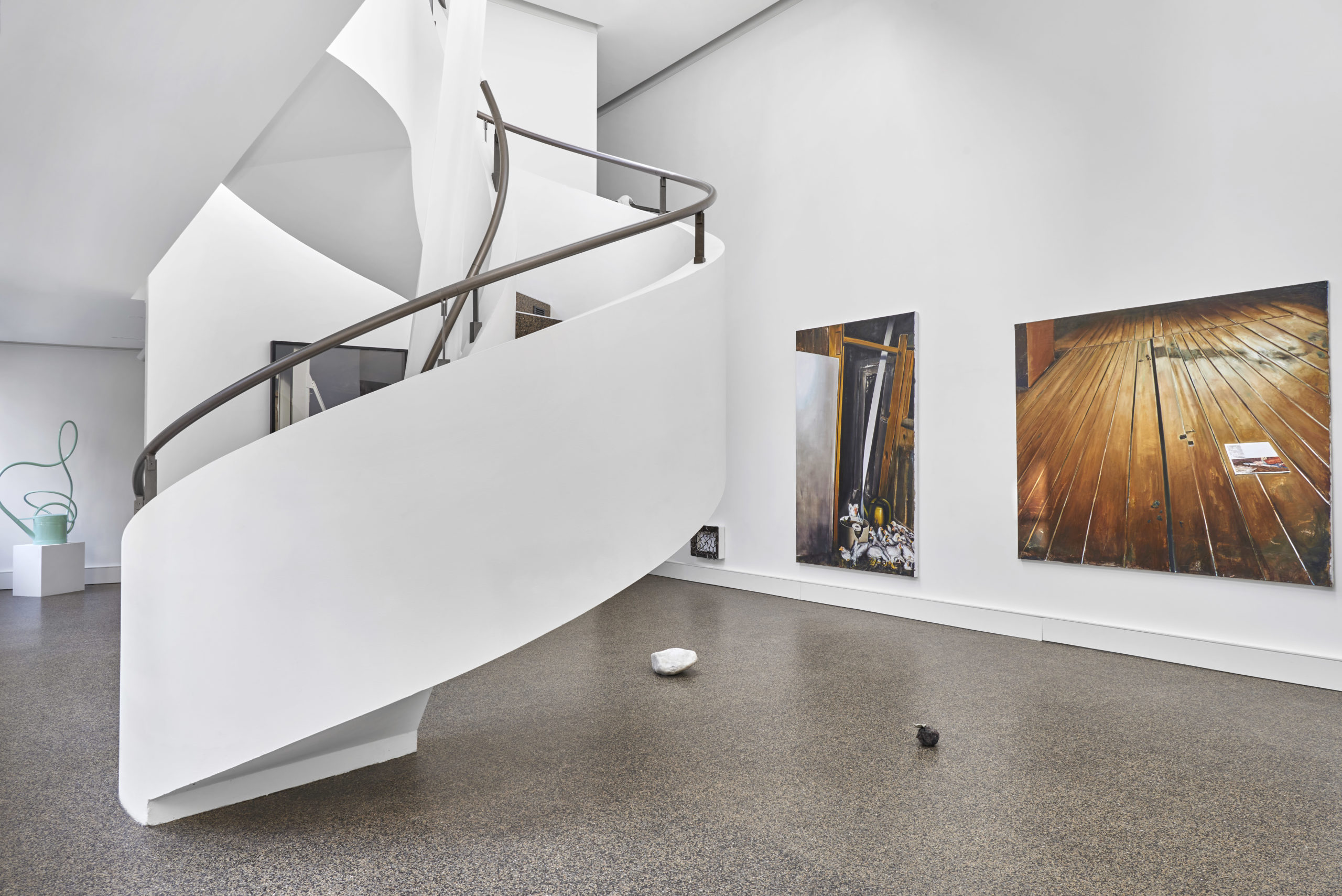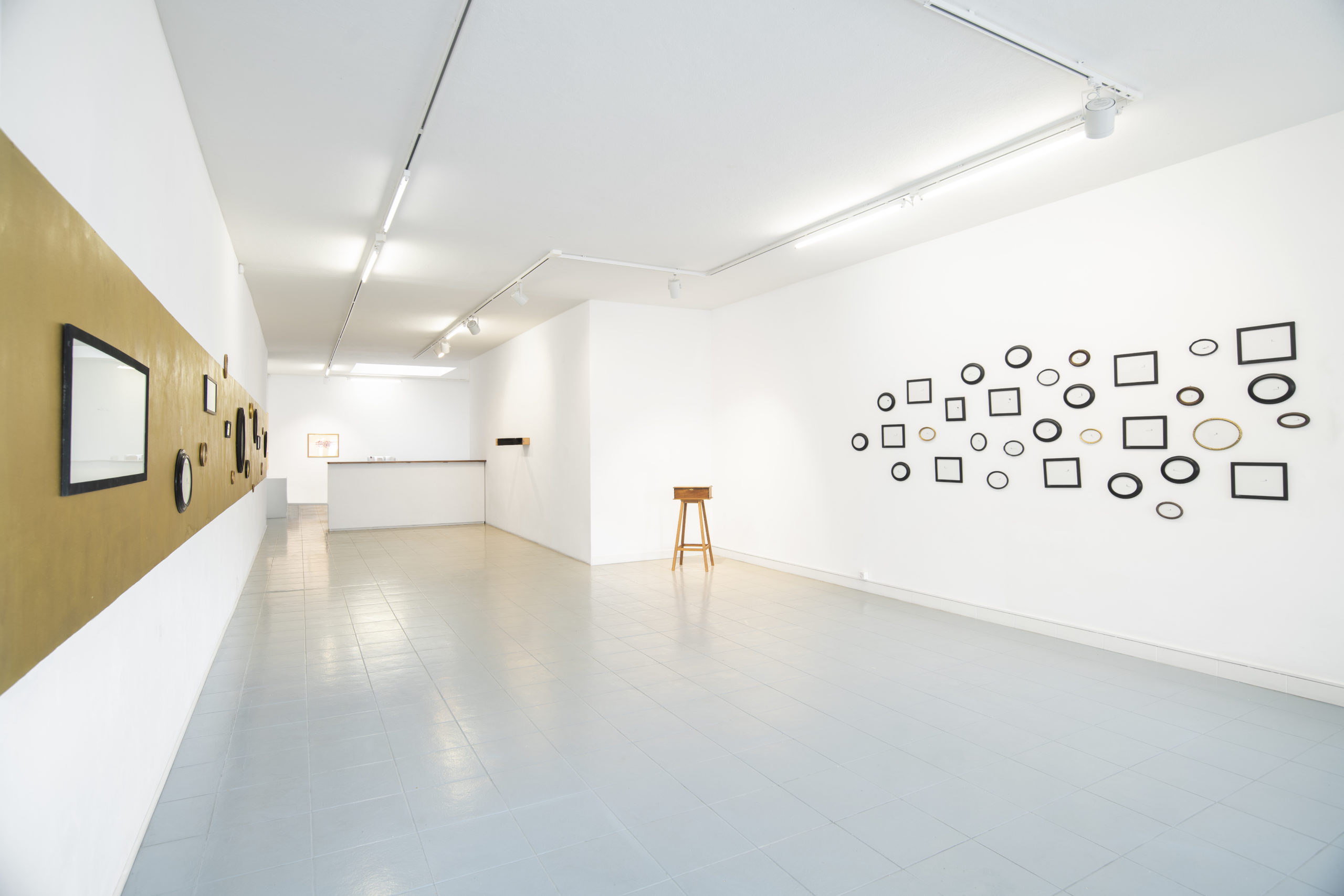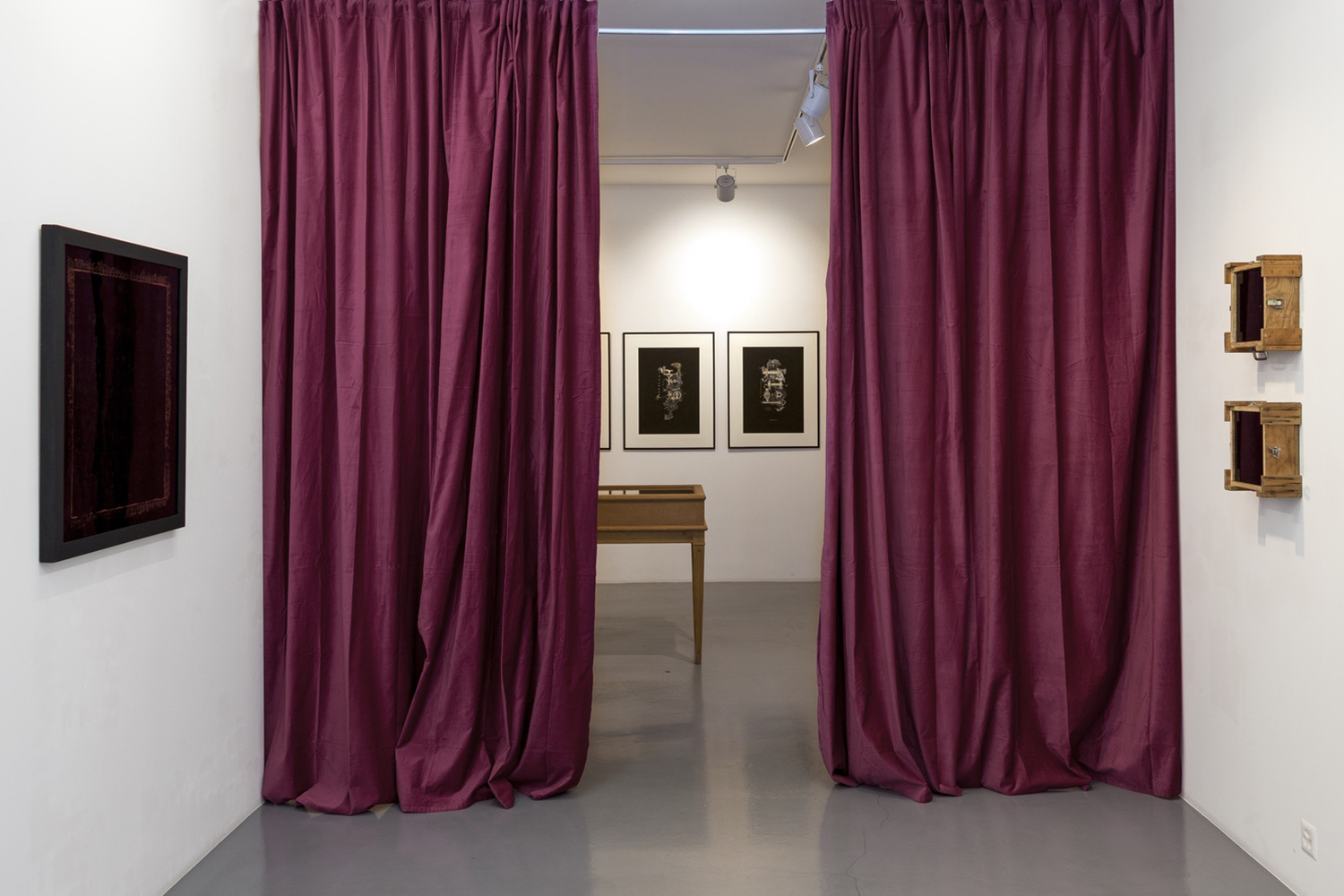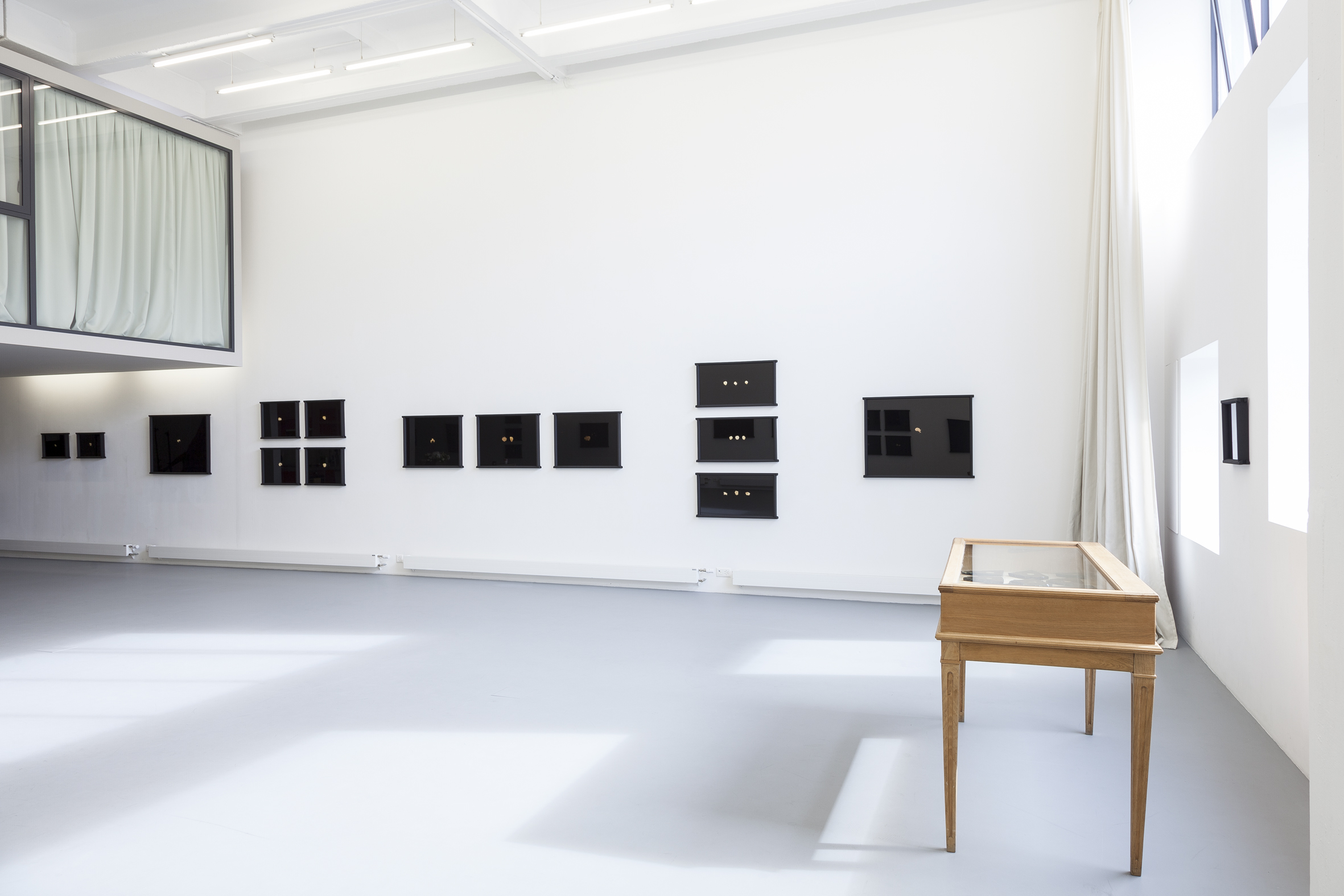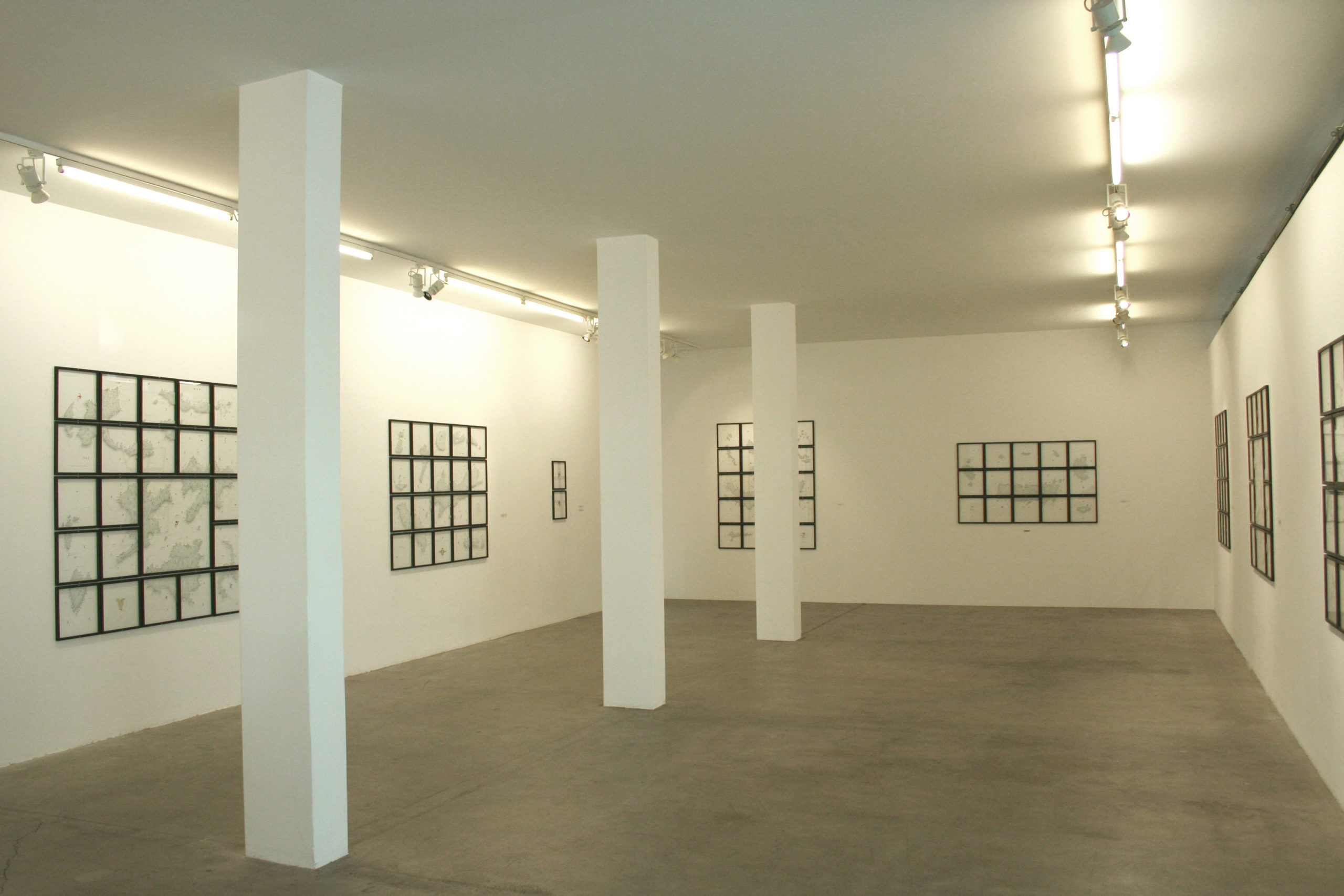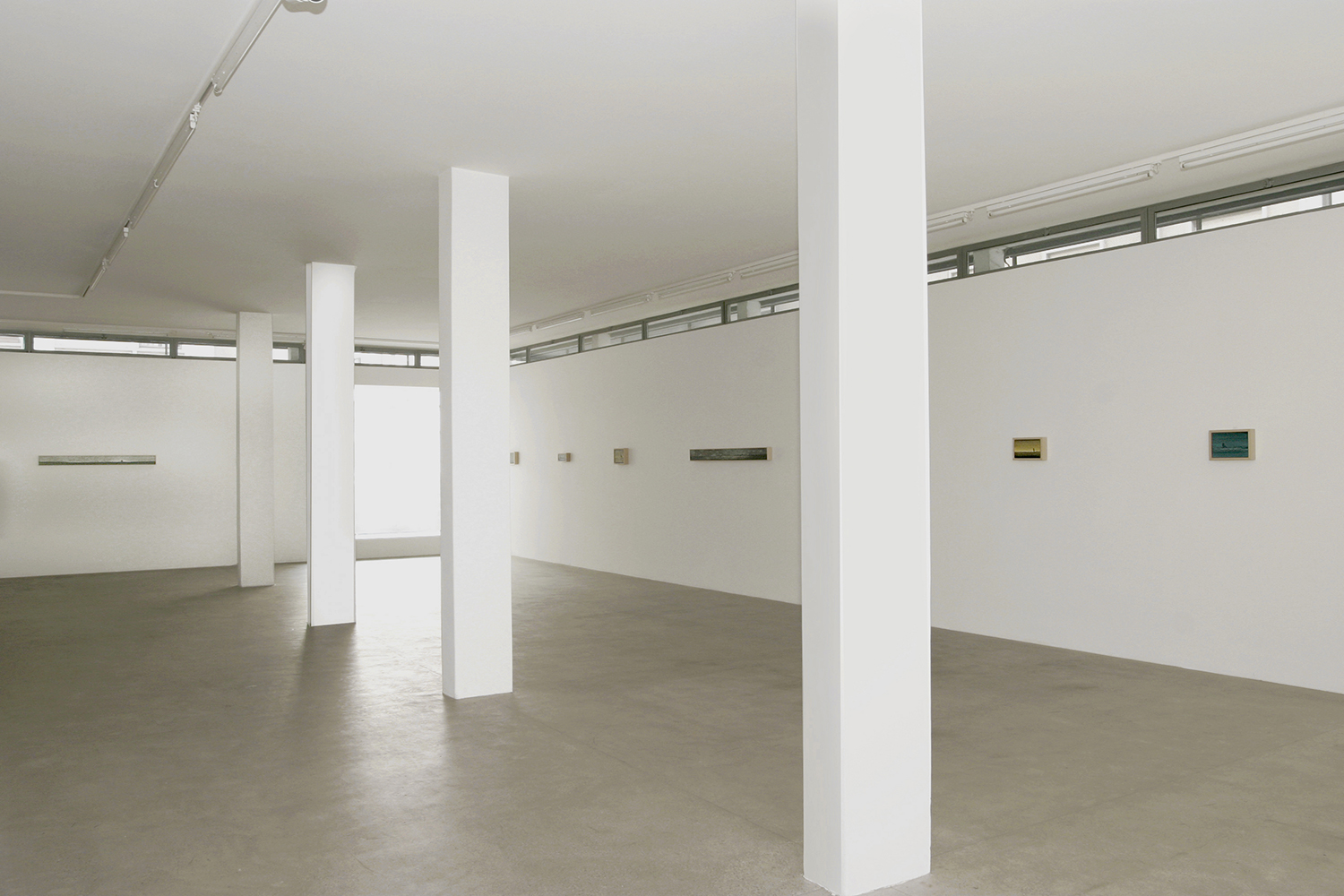Philippe Favier
Philippe Favier was born in 1957 in Saint-Étienne, France. He graduated from the École des Beaux-Arts de Saint-Étienne and now lives and works between Drôme, les Alpes Maritimes and Paris, France.
Favier has exhibited for several years alongside the artists of the Figuration Libre, the 80s movement which defended art with popular inspirations and stood out from using classical rules through utilizing diverse materials and clashing colors. Favier’s work, while inspired by this movement, is distinguished by his ability to renew his plastic expression constantly.
Favoring a miniature scale, with certain grandiloquence characterizing the art of the time, he immerses himself in an imaginary world linked to photography, cinema, and poetry. He borrows as much from everyday scenes as he does from the vast repertoire of art history, medieval macabre dances, or exotic representations of orientalists. His works are also linked to a permanent process of collecting objects. Thus, Favier has gleaned old cards, catalogs, photographs and family albums that he reinvested and transformed.
In his early works, the artist used cut-out papers, enhanced with acrylic or colored pencils, and created scenes with historical or mythological accents. To this technique, he added the technique of cold enamel, which is still present today in his work. The supports of his works are transparent when he handles glass or opaque, with the use of slate or cardboard. He has composed series in which references to Bonnard and Matisse constitute tributes and winks to some of the great elders, all on the scale of a postcard. Lover of detail, he works as a goldsmith, chisels his figures and guilloches his backgrounds. He has rediscovered the patience of the illuminators, to the point of revisiting the mutinous and phantasmagorical convolutions of the medieval manuscripts.
What is striking, in view of the work accomplished during the two decades of creation, is the high coherence of the subject, the constant attempt to renew himself, and finally, the absolute sincerity of an extraordinary commitment. In today’s art, where these characteristics are constantly being undermined by more incisive or demonstrative forms, his work remains one of the most unique, authentic and engaging adventures led by an artist of his generation.
In 2004, Philippe Favier was invited by the Musée d’Art Contemporain de Lyon to invest the exhibition spaces for more than a year, which gave rise to a vast cartographic installation entitled Géographie à l’usage des gauchers, evoking the notions of travel and exploration that recur in the artist’s work. In 2013, he presented a more photographic body of work at the Maison Européenne de la Photographie in Paris. The exhibition NOIR… thus highlights a meticulous work of cut-out photographs, recomposed into paintings on a black or white background.
His works have been featured in solo shows at Wilde (Geneva, Switzerland), Musée de Valence (France), Musée d’Art Moderne et d’Art Contemporain de Nice (France), Musée de Grenoble (France), Bibliothèque Natioinale de France (Paris, France), Museum of Modern Art (Ankara, Turkey) and Halle Tony Garnier (Lyon, France), among others. Group shows include ones at the Fondation Bullukian/Musée Paul Dini (France), Galerie Guy Bärtschi, now Wilde (Geneva, Switzerland), Petit Palais de Paris (France), Bejing Art Biennale (China), Kiasma – Museum of Contemporary Art Helsinki (Finland), Biennale d’Art Contemporain de Lyon, Venice Biennale, and Museum of Modern Art California (USA). Philippe Favier’s works have been acquired by numerous French and foreign institutions in the United States, South Korea, Canada, Finland, Norway, and they feature in several private collections abroad.
Read more +
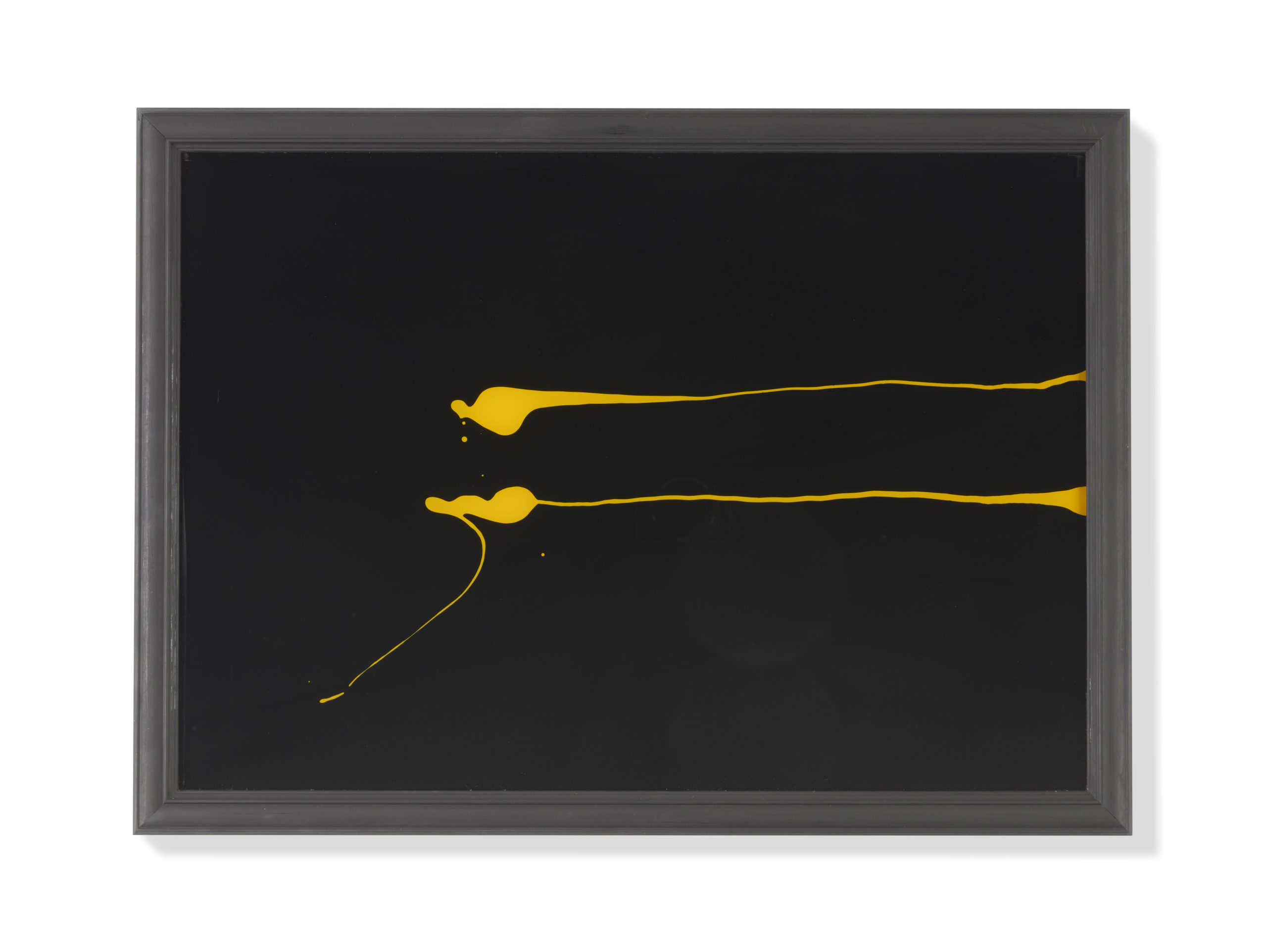
SWASH ZONE 2022-2023 – SW264, 2023
Cold enamel on glass
51 x 70 cm

SWASH ZONE 2022-2023 – SW334, 2023
Cold enamel on glass
47 x 63.5 cm
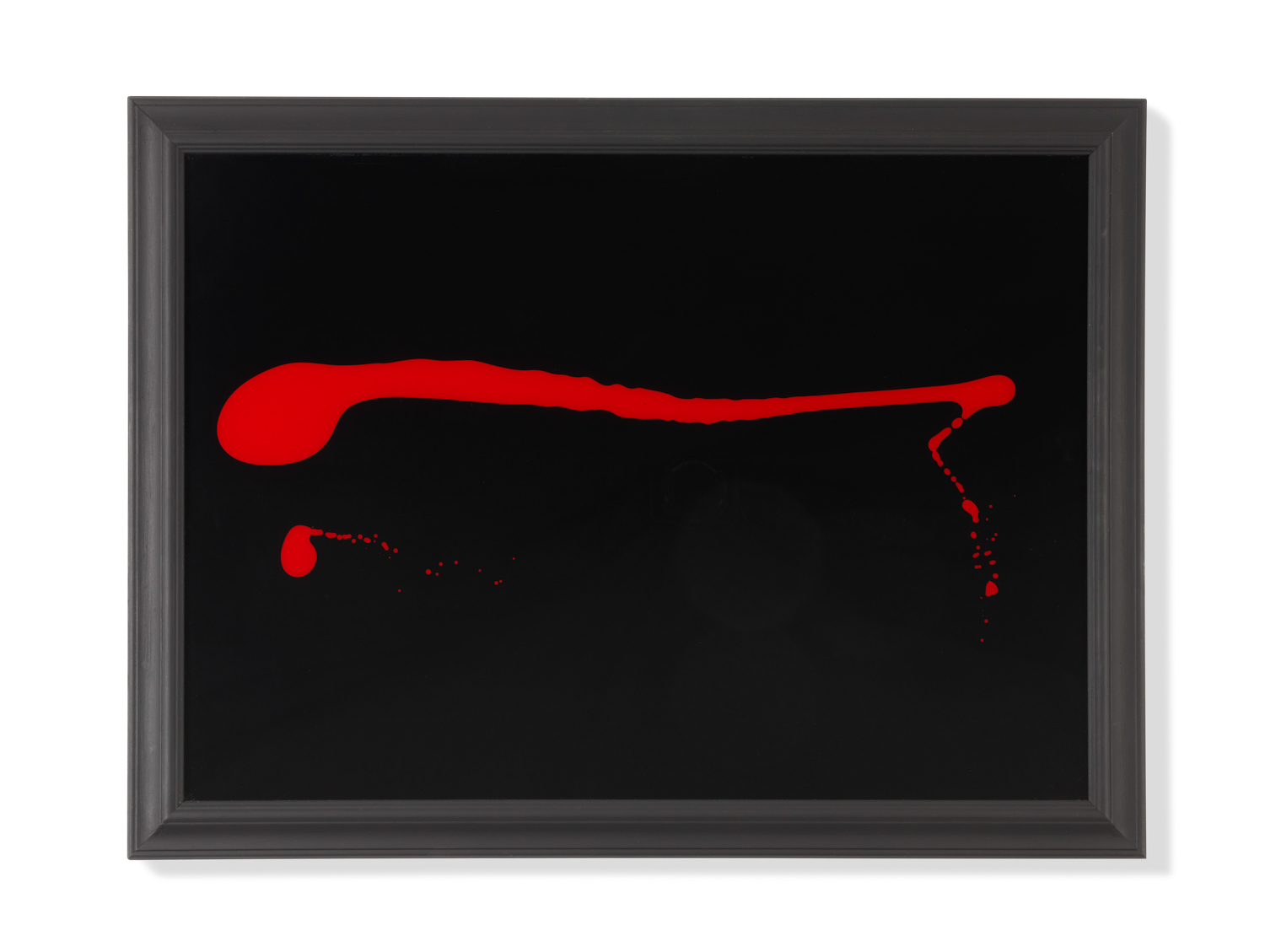
SWASH ZONE 2022-2023 – SW163, 2023
Cold enamel on glass
58 x 78 cm
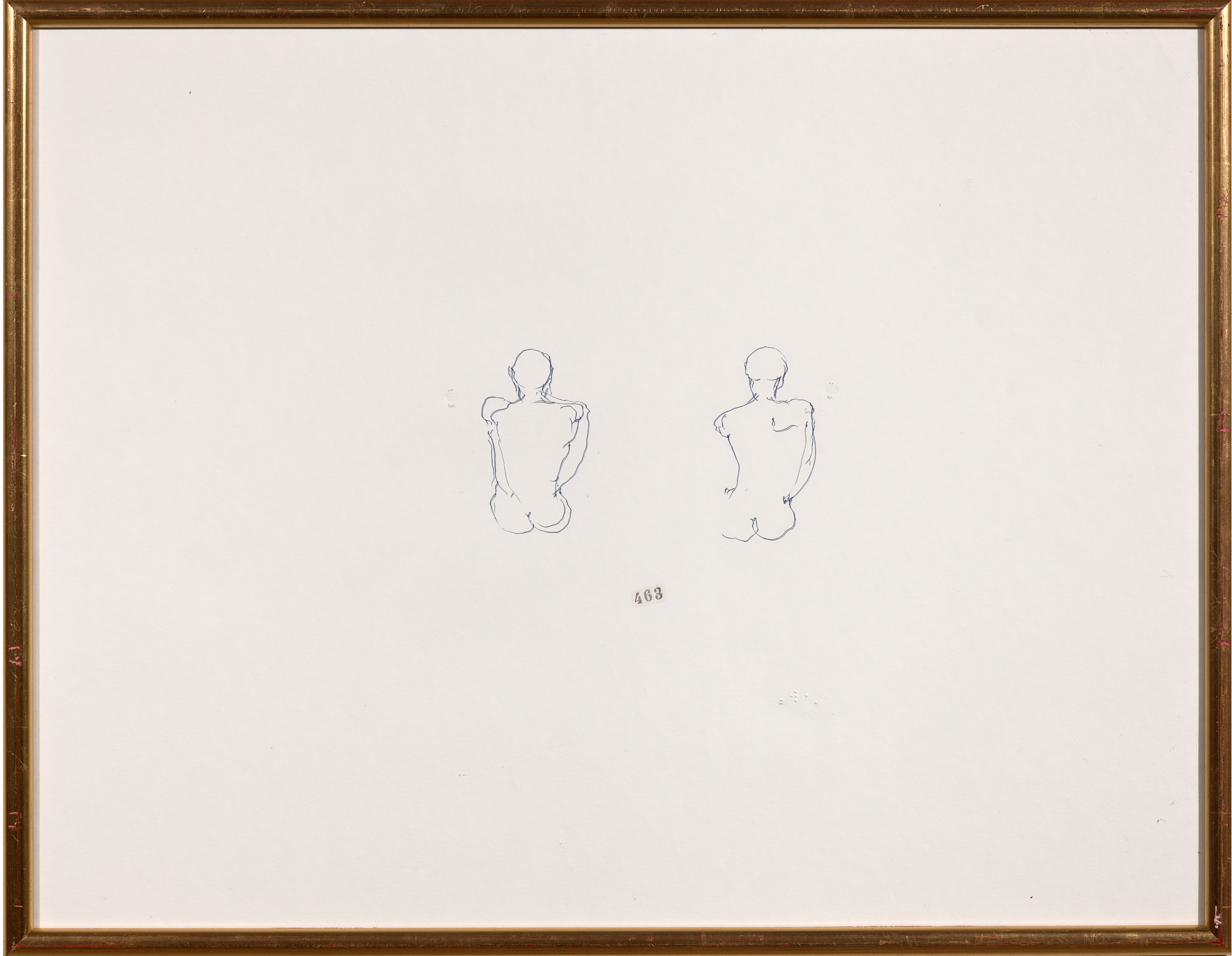
CARBONES (CP19), 2019-2020
Carbon on paper
53 x 67 cm
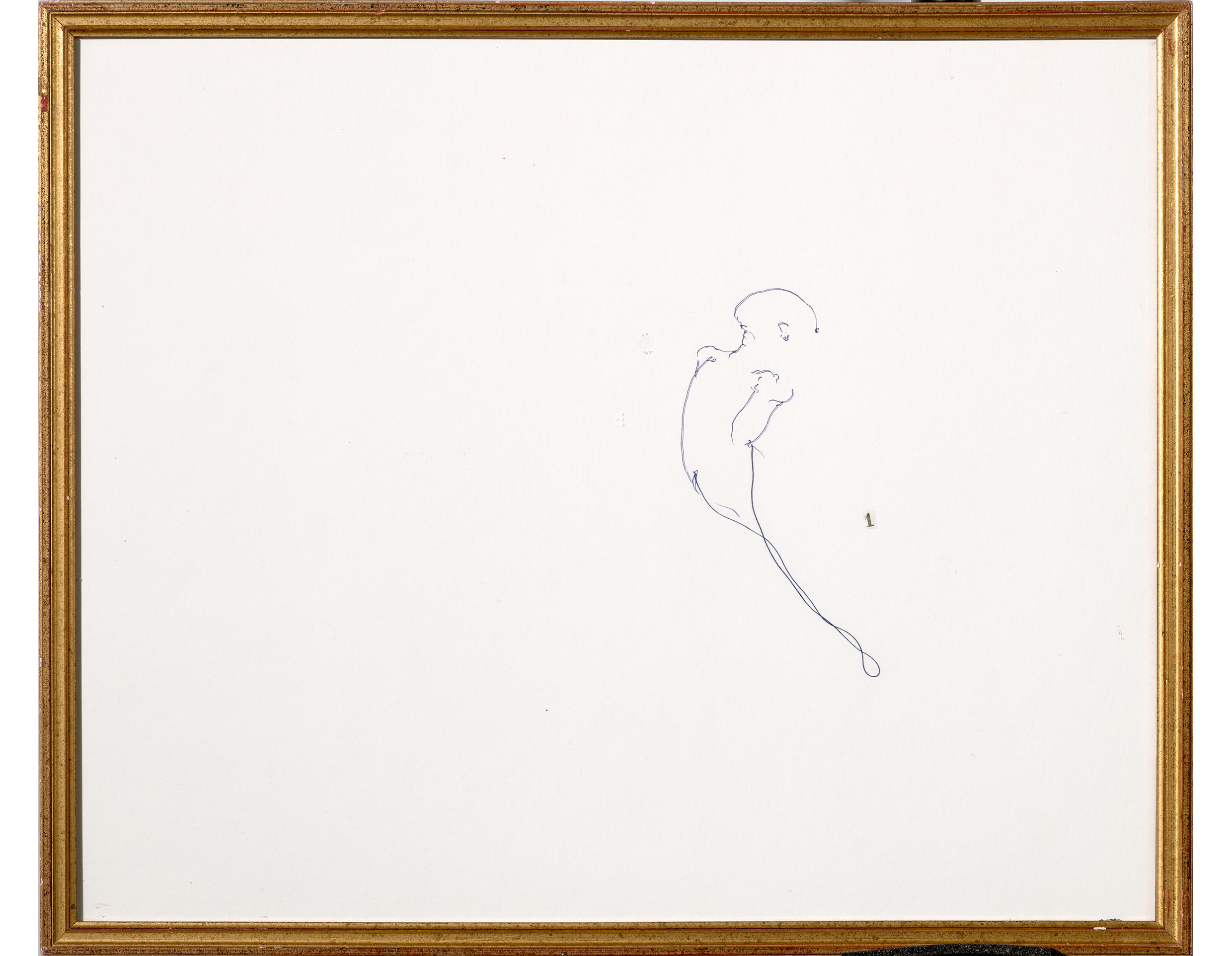
CARBONES (CP7), 2019-2020
Carbon on paper
44 x 53 cm
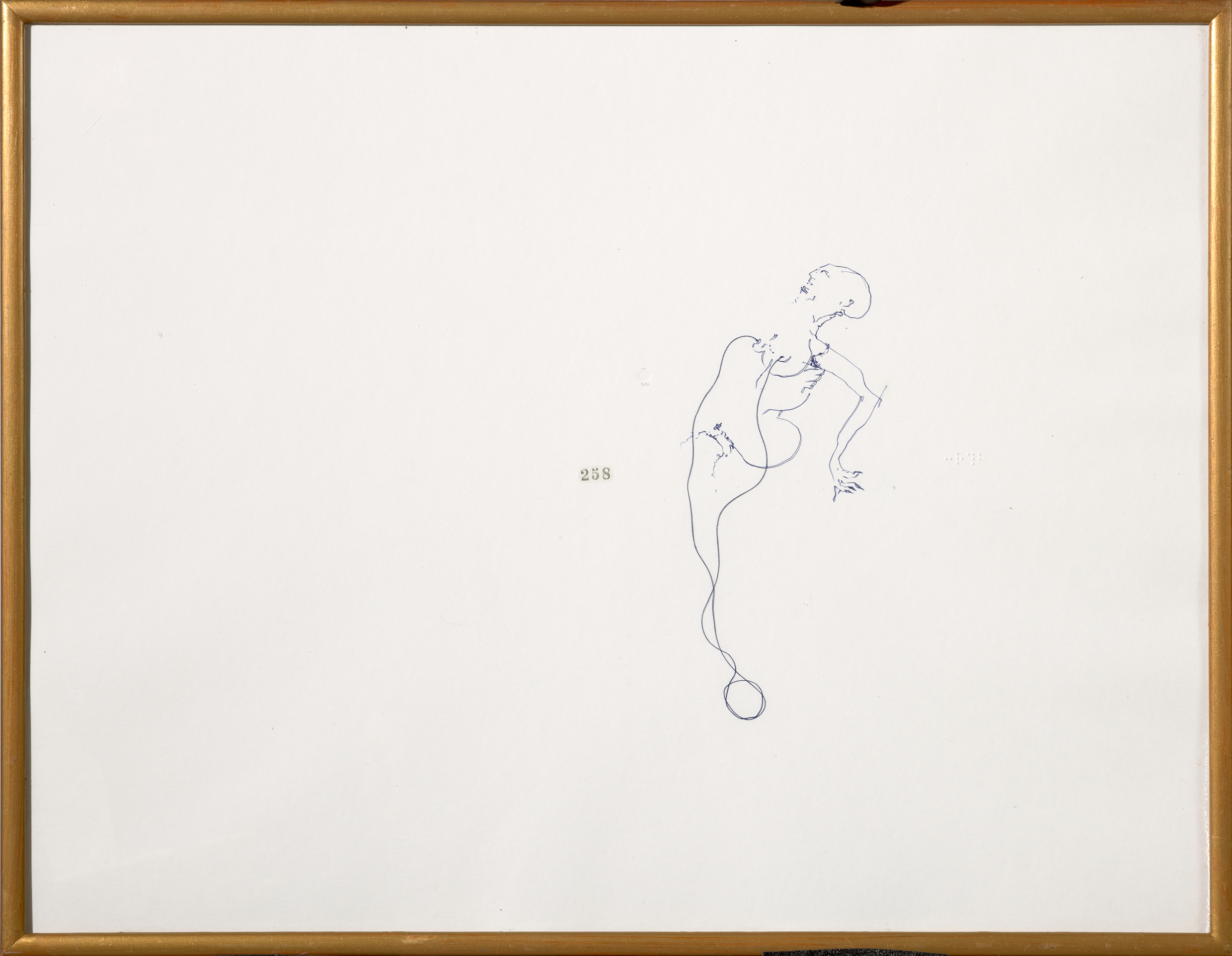
CARBONES (CP23), 2019-2020
Carbon on paper
52 x 67 cm
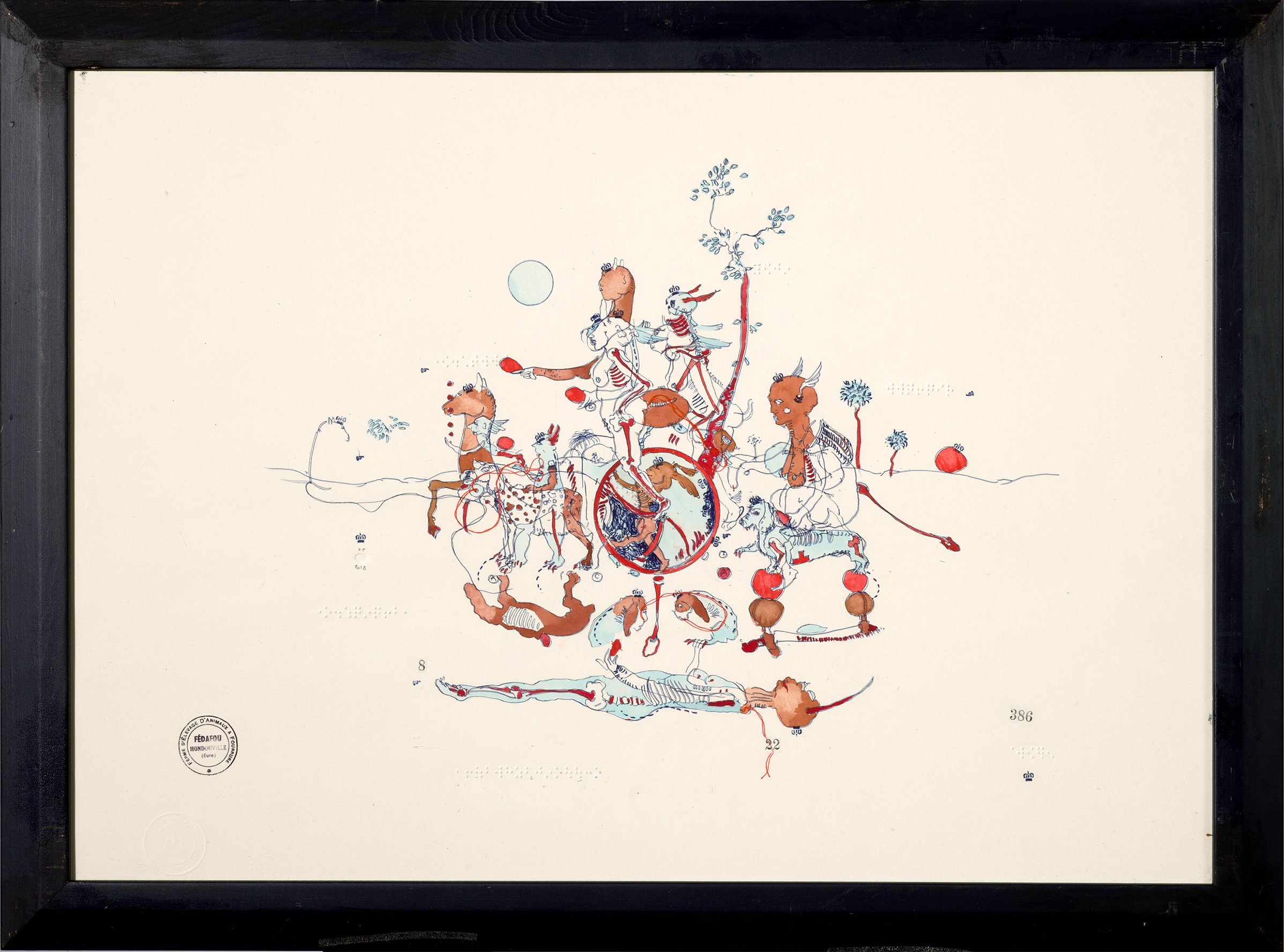
CARBONES (CP28), 2019-2020
Carbon on paper
58 x 77 cm

CARBONES (CP26), 2019-2020
Carbon on paper
56 x 68 cm

CARBONES (CPR9), 2019-2020
Carbon on paper
42 x 56 cm
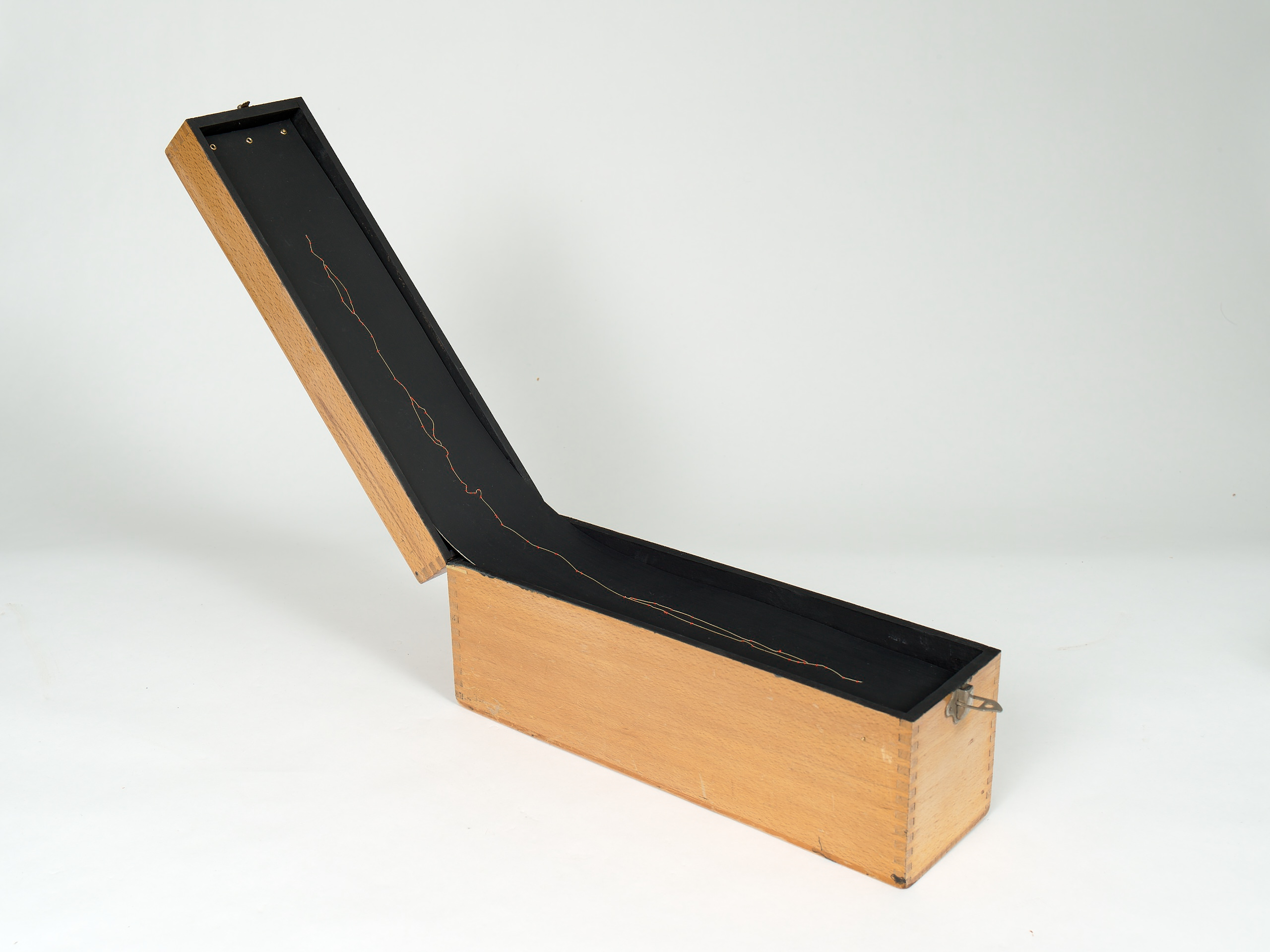
Boite Horizon , 2017
File box, paper, wire
10 x 36 x 15,5 cm
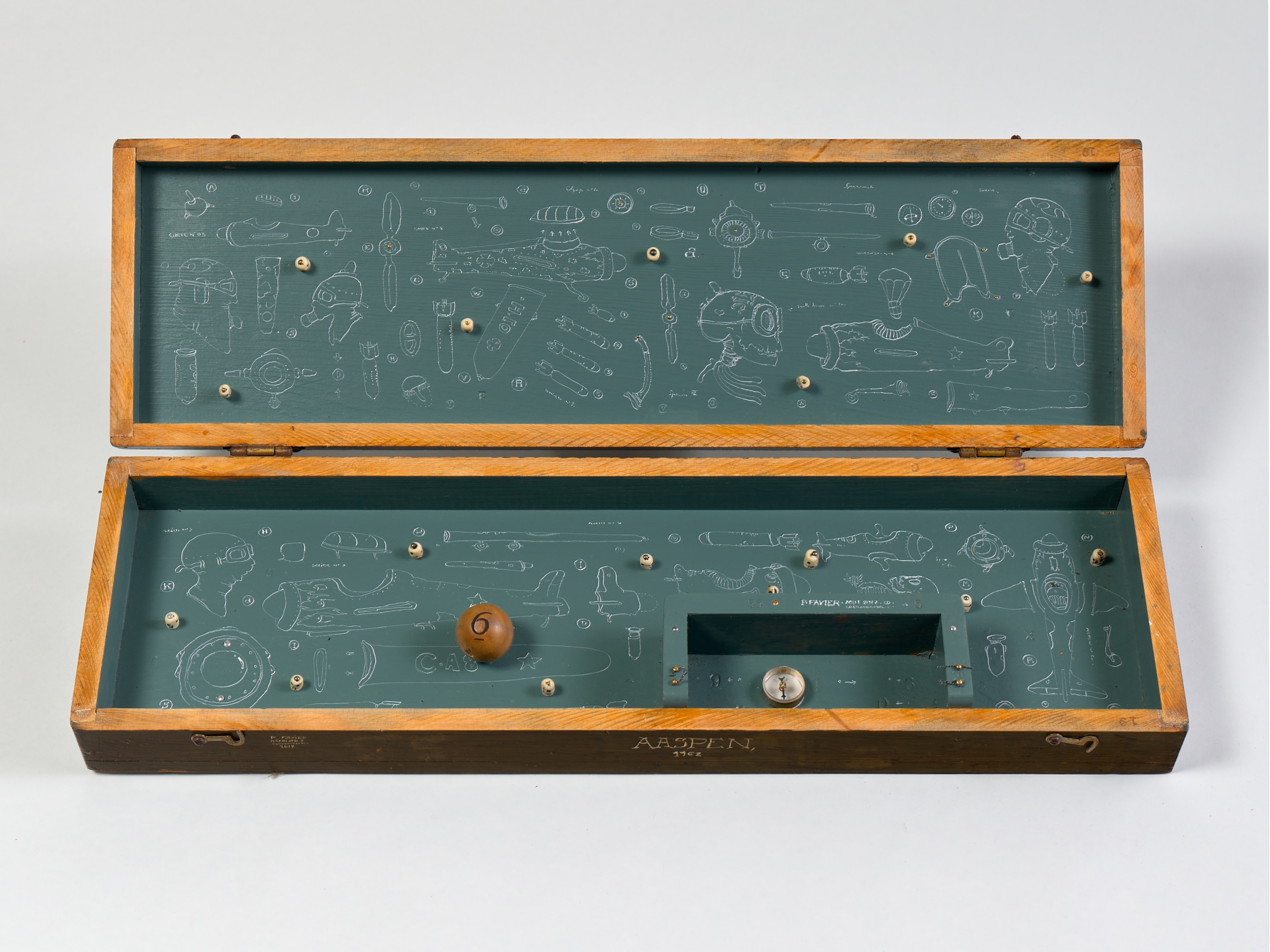
Caporal Arnold, 2017
Military box, painting, Indian ink and various collages
60 x 20 x 10 cm

Les ombres de J. Merle, 2017
Box, 8 drawings, Letraset and Indian ink and base
22 x 42 x 14 cm




